by Lynn Ng
There are over 1,000 michi no eki in Japan. These are Japan’s adorable roadside stations scattered across the nation’s rural regions. Michi no eki were first established in the 1990s as part of the government’s strategy to revitalize the countryside through increasing tourism. The government’s concepts for these roadside stations are three-fold: To provide comfortable resting areas for road travelers; to disseminate important information on road conditions and services, as well as local tourism; and to facilitate interactions between travelers and the local communities [1].
Japan’s roadside stations are thus unique places for travelers to learn about a region and its community and hopefully buy something there to support local producers. Many municipalities, therefore, take their michi no eki very seriously and often decorate the space with their local mascot, serve unique variations of food or desserts with the region’s produce, and host festivals and events there. In my time in rural Hokkaido, I attended several events, including flea markets, Halloween, and tours at the local michi no eki. I am thus unequivocally a huge fan of Japan’s many roadside stations.
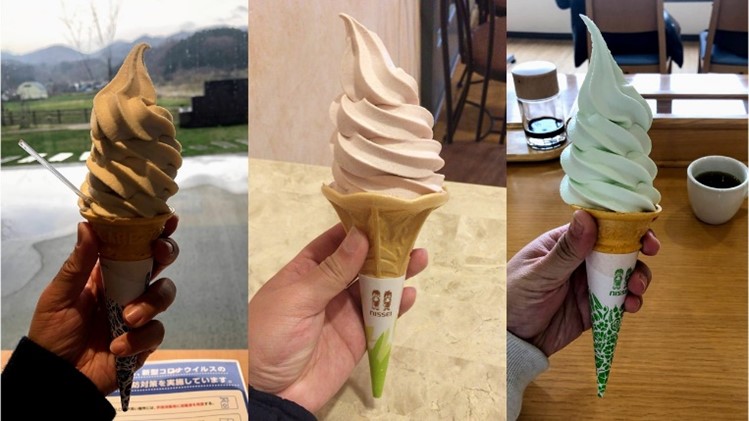
Copyright © Lynn Ng 2021
In the spring of 2021, after completing my MA amidst the pandemic and tremendously drained from life in Tokyo, I canceled my apartment lease and began living in a car. My plan was simple: I wanted to slowly drive towards Hokkaido while visiting as many michi no eki as possible along the way. For a month, I drove through northern Japan – Tochigi, Fukushima, Yamagata, Iwate, Aomori, Akita – and across the strait to Hokkaido. With a car, I had the freedom to traverse some of the more neglected places – the inconspicuous shrines, the small onsen, and the bakeries awkwardly located between paddy fields.
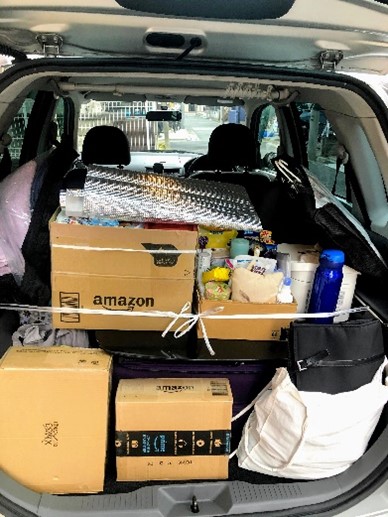
Copyright © Lynn Ng 2021
But more importantly, I could visit my favorite place in Japan – the michi no eki. These roadside stations, small or big, were crucial for my journey – 24-hour washrooms, emergency phones, maps, vending machines, free Wi-Fi, and anything else you might need at 2:00 am in the middle of nowhere. On top of road services and local foods, michi no eki were also a social space for me to converse with the people of the regions. My Tokyo car plate drew increasing attention the further north I went. While I was nervous that its origins would be unwelcome in this pandemic, people approached me with curiosity instead.
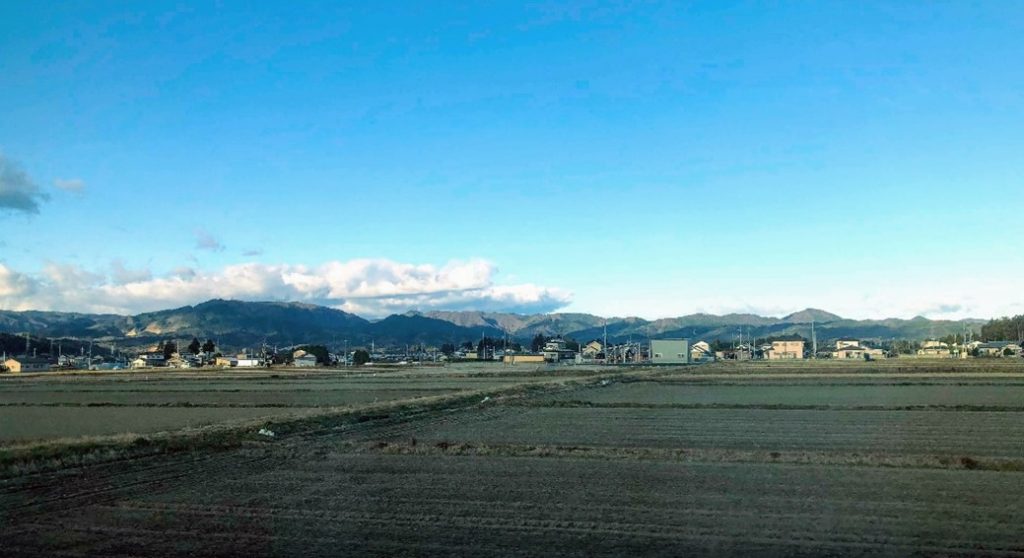
Copyright © Lynn Ng 2021
At a roadside station in Hokkaido, a kind older man I encountered became very concerned with my car arrangement and worried that I would not have enough food. He asked me to wait, ran off, and returned a while later with a bag of snacks and energy drinks to help me get to my destination. Elsewhere in mountainous Yamagata, I ran into a michi no eki on a sleeting spring day for shelter and rest, and a group of old ladies immediately ushered me into their circle – where the gas heater was located – to warm up and talk. Often times, some would recommend their favorite hidden onsen and local spots.
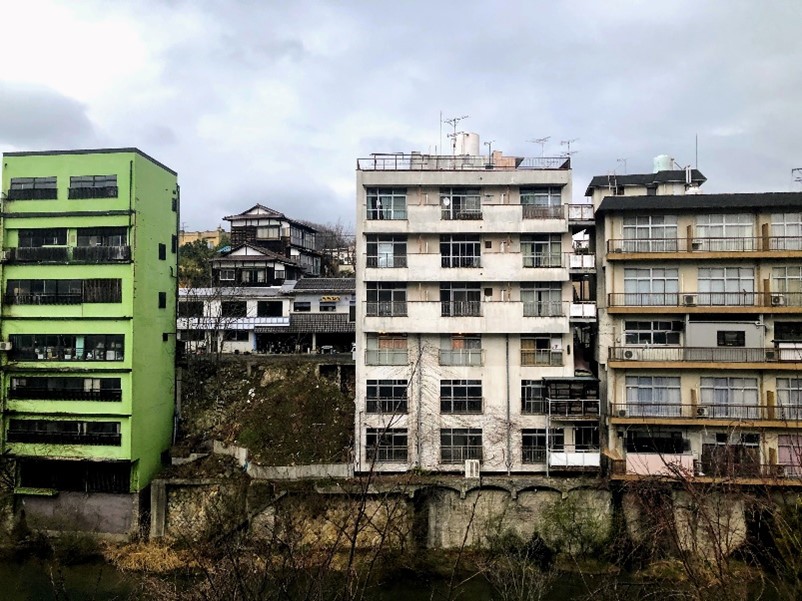
Copyright © Lynn Ng 2021
Michi no eki are indeed wonderful social spaces dispersed across Japan. I do not know much about the income and job opportunities roadside stations have generated for the rural communities, but these facilities are undoubtedly spaces of great social value. These small government-funded projects for rural revitalization have contributed much to constructing a social space for locals to gather and for travelers to understand the place they are visiting. After a month of car-life that promised back pains in ten years, I departed Japan. The friendly encounters, unique foods, and intimately silent starry nights at michi no eki become small yellow stars on my Google map. Like many here in Berlin, I also await the opportunity to return to Japan and often wonder how many of the stars are places where I may again set foot someday.
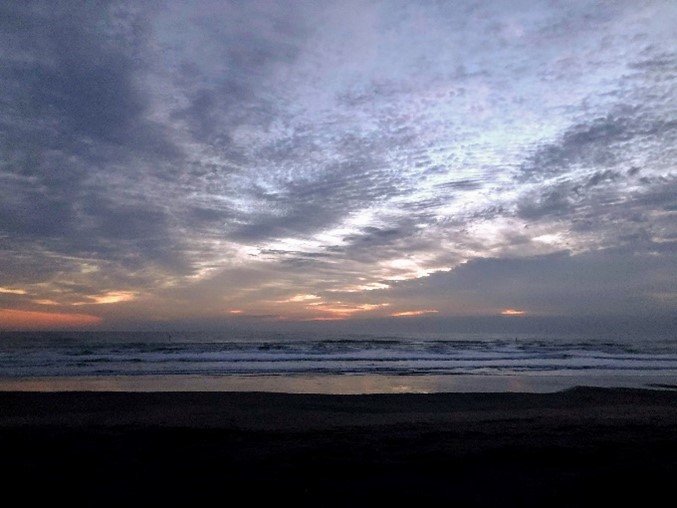
Copyright © Lynn Ng 2021
[1]
MLIT (Ministry of Land, Infrastructure, Transport and Tourism) (2008). Michi no eki to ha? [What are michi no eki?]. Accessed 11 December 2021 at https://www.mlit.go.jp/road/Michi-no-Eki/outline.html.
Lynn Ng is a first-year Ph.D. candidate at the Graduate School of East Asian Studies at Freie Universität Berlin. She completed her MA at Waseda University, studying people’s movements into disaster-hit Fukushima. Before her MA studies, Lynn lived in rural Hokkaido for three years as an Assistant Language Teacher.
